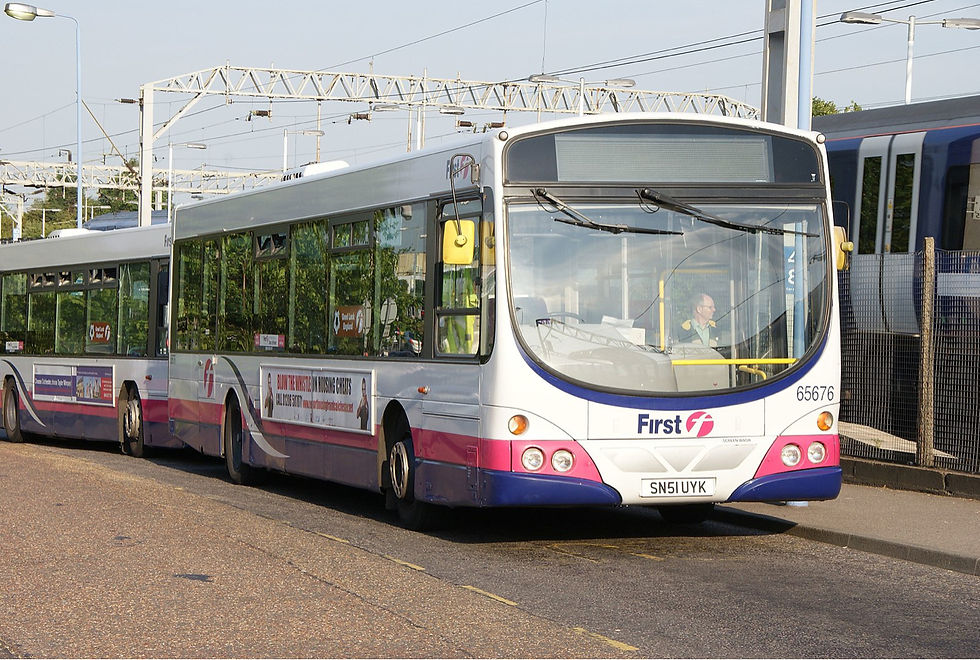How Public Transport in Scotland is Changing in the Hands of the Government
- contactgreenhouses
- Apr 27, 2022
- 3 min read
Updated: May 6, 2022
Supporters of eco-friendly policies believe public transport to be a key factor, and the Scottish Greens are hoping to reform Scotland’s transport networks.
Words by Thomas McCann
Since the 1st of April 2022, ScotRail has been in the hands of the Scottish government, taking operational command away from the private company Abellio.
Scotland’s railway system has often been criticised for its high prices and lack of outreach in rural areas, and public transport has always been a key policy for the Scottish Green Party, who currently find themselves in government with the SNP. Public transport reform was a Green-backed policy, given the fact that a cheap and efficient public transport network is key to battling climate change. The more people you can get to travel by bus and train, the fewer cars there are on the road.

The prices of ScotRail tickets do not meet the standard of “cheap and efficient” it has to be said, train fares in Scotland rank among some of the highest in Europe. Countries such as France, Spain and Italy all allow travellers to ride the rails at an affordable price. If it would be cheaper to sample breath-taking views on a scenic train route around the Amalfi Coast than sitting on the floor of the last train from Glasgow to Edinburgh on a Saturday night, the choice is clear.
Maggie Chapman, who is an MSP for the Scottish Greens, has described many of the current train routes in Scotland as “unaffordable”.
“It’s cheaper to drive, there is no incentive to get people out of cars and onto the rails, and I think that we need t work hard to address (this).”
Whilst progress on the development of the rails will likely be slow, a programme is already underway which will provide ScotRail passengers with half price tickets on off-peak journeys. There are also changes already being made to bus travel in Scotland. The free bus pass scheme for young people entitles all those under the age of 22 who apply to free bus journeys, as an incentive to travel by bus more regularly.
Maggie Chapman stated that although there have been positive talks about increasing the age range of this scheme, that has not yet been confirmed to be put in place.
“I think there certainly are people in the Scottish government who are receptive to that as an idea, the trick is always where the money comes from.”
One of the key aspects of an eco-friendly public transport system is its affordability, this is why several countries, such as Liechtenstein, have free public transport.
However, accessibility is also vital to a successful transport network, and the Scottish Green MSP spoke of her party’s hopes to provide a greater frequency and diversity of bus and train links to connect all of Scotland.

“We know that there are far too many communities that are not well connected by public transport, whether that’s rail or buses and we need to be thinking about how we make those connections, how we improve those connections.”
“In my own region in the North East, Peterhead and Fraserburgh, they are the UK’s two largest towns not connected to the rail network, that’s ludicrous...there’s still a lot of work to do.”
As there is now greater governmental involvement in the running of Scotland’s public transport system, it can be expected that the left-of-centre SNP and the pro-eco Green Party will focus on making that system more sustainable. Although many of these changes will take time to be implemented, it appears as though Scotland’s public transport could soon become far more eco-friendly.




Comments